Budenovka
 Bashny.Net
Bashny.Net
95 years ago, on January 16, 1919 as the headdress of the Red Army was introduced cloth cap-bogatyrka subsequently named budenovka.
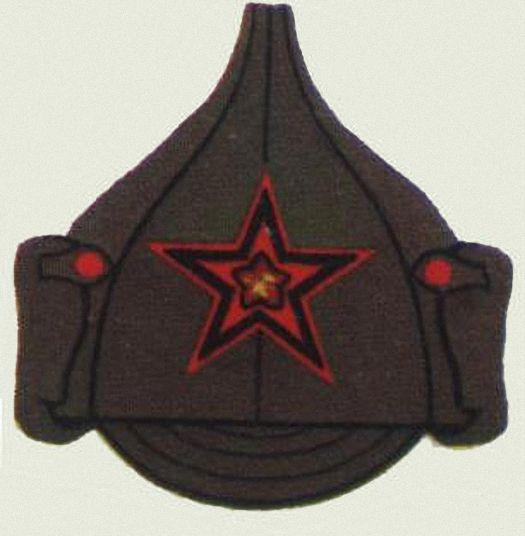
In the first months after the revolution, the Red Army soldiers and their commanders wore uniforms, the rest of the royal army with epaulets unpicked. However, the appearance of the White armies, whose soldiers wore uniforms of the same breed, forced the commanders of the Red Army to attend the introduction of new elements of uniforms, that at least from a distance even in the dark you can easily distinguish the Red Army from the White Guard.
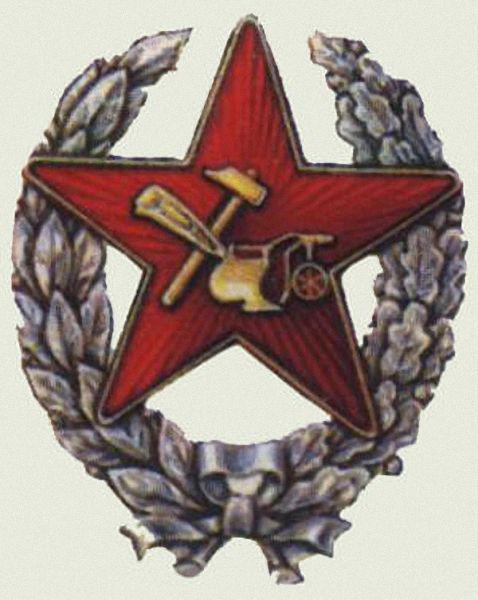
"What begins Motherland?
With windows, burning away,
With the old paternal budenovka,
That somewhere in the closet we found.
Maybe it starts
Wagon wheels clattered
And the oath that in his youth
You have it in your heart brought.
What begins Motherland? .. »
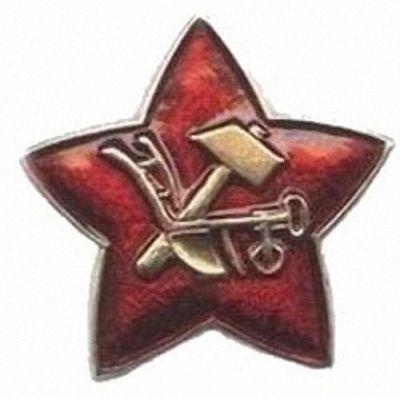
Originally introduced as a badge of a red star, situated on top of a wreath, one branch of which was an oak. and the other - a laurel. In the center of the star placed the crossed hammer and plow, and July 29, 1918 was introduced metal asterisk for hats with the same plow and the hammer.

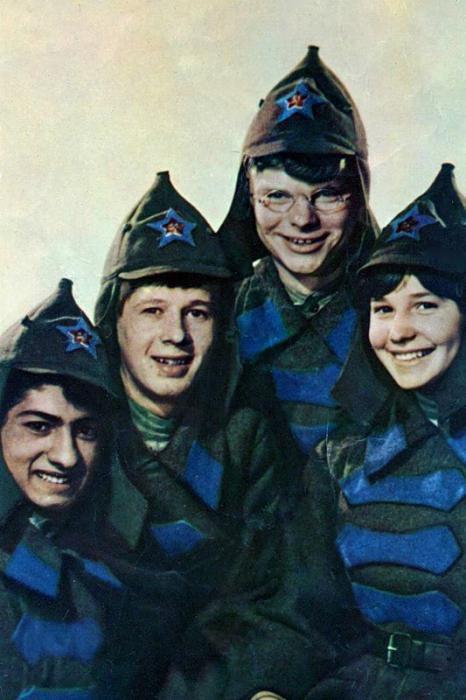
Already May 7, 1918 the People's Commissariat for Military Affairs of the Russian Federation has announced a competition to develop a new outfit for the Red Army soldiers. The competition was attended by Viktor Vasnetsov, Boris Kustodiev, MD Ezuchevsky, ST Arkadevsky and other famous Russian artists. December 18, 1918 on the basis of submitted works Revolutionary Military Council of the Republic approved a new type of winter headgear - cloth helmet is shaped like a medieval "erihonku" or Shelom with barmitsa - part of the armor epic Russian heroes, what was originally the helmet and got the common name "bogatyrka ". There is a legend that the future budenovka was created before the revolution as part of a future Russian Army dress uniform. Perhaps this project headdress and there, but orders for its manufacture or in the archives of the king's departments or in the archives of the Provisional Government has not yet been found.
The first description of a winter headgear for all the armed forces, it was announced by the order №116 from RVSR for January 16, 1919. It was the hat of cloth khaki on a cotton lining. Cap helmet consisted of six spherical triangles, tapering upward. At the top is sewn a round plate with a diameter of 2 cm, covered with the same cloth. Front had stitched oval helmet visor and rear - Inclining nazatylnik with elongated ends, fastened under the chin with buttons. Folded nazatylnik tacked loops on the leather strap to the two buttons of the cap, fitted by a colored cloth. Above the helmet visor on Star sewn cloth diameter of 8, 8 cm. The color of the combat arm, outlined with black piping along the contour (for a star of black cloth was envisaged border with red paint). At the center of the star-icon badge fastened.
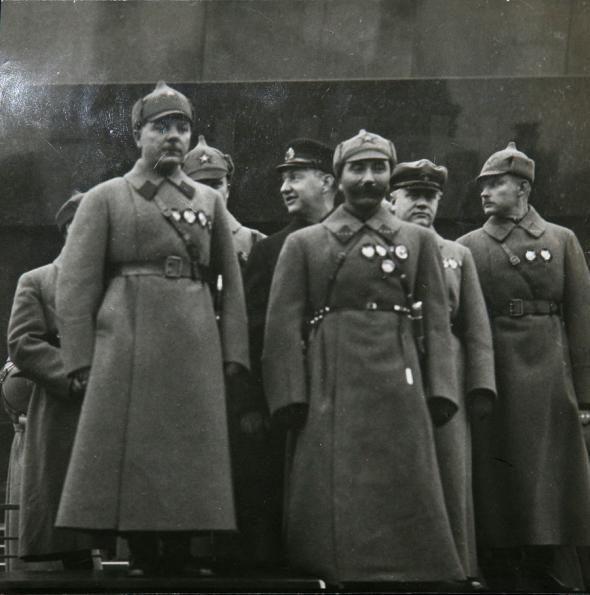
Sample icon-Badges for hats was established by the order of People's Commissar for Military Affairs July 29, 1918 № 594. It is made of yellow copper and had the shape of a five-pointed star with a crossed hammer and plow in the center (not to be confused with the hammer and sickle - the emblem appeared Cockade on the military in 1922). The face of the icon was covered with red enamel. The outer ends of the stars fit into a circle with a diameter of 36 mm, and the inner - 20 mm.
Cloth helmet with visor had quilted soft color five-pointed star with coloring the combat arm.

So, in the infantry wore crimson star on the helmet, in the cavalry - the blue, in the artillery - orange (in the order called "Pomerantsev" color) in engineering and sapper troops - black pilots of airplanes and balloonists balloons - blue, border guards - usually green . Star had a black border; respectively, for the black star entered red edging. The helmet worn in cold weather. Of these three types of hats created for the Red Army, cloth hats Civil War was the highest and had large stars.
Order RVSR for number 628 of April 8, 1919 was first regulated by the Red Army uniforms. We were introduced summer shirt, infantry and cavalry greatcoat (in the order they are called caftans) and headgear. Hat for the cold season has become newly approved and several upgraded cloth helmet. This pattern and named "budenovka" - division of SM Budyonny, in which it first appeared. Star winter headgear in accordance with the new description had a diameter of 10, 5 cm distant from the visor up to 3, 5 cm.
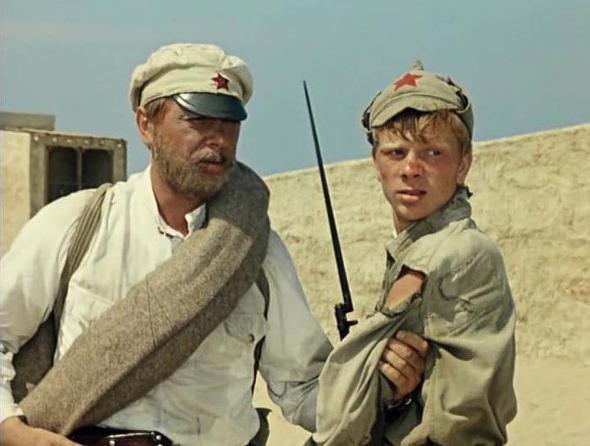
Despite the introduction of a single uniform, until 1922 the troops were not fully provided to them, and many wore the uniforms of the old Russian army left in large quantity in stock or captured by the Red Army as a trophy.
Order RVSR for number 322 of January 31, 1922 all previously set uniform items, with the exception of leather shoes, which still continued to exist, were canceled, and instead introduced a single, strictly regulated uniforms. A unified style overcoat, shirt and a hat.

Summer hat was part of the uniform of the Red Army for two years and in May 1924 was again replaced his cap, but winter budenovka continued to be used, in 1922, having undergone changes in style and color of cloth, which was dark gray.
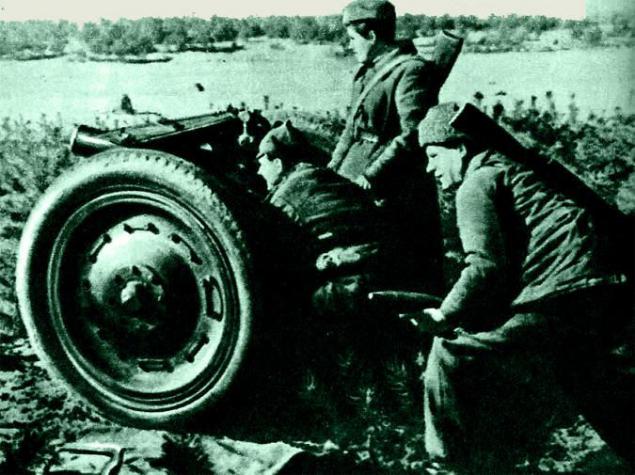
In connection with the change in shape of the helmet to reduce the diameter sewn stars (up to 9, 5 cm), and April 13, 1922 has been changed Red Army badge, which, instead of the plow and the hammer began to depict the official emblem of the workers 'and peasants' state - the hammer and sickle.
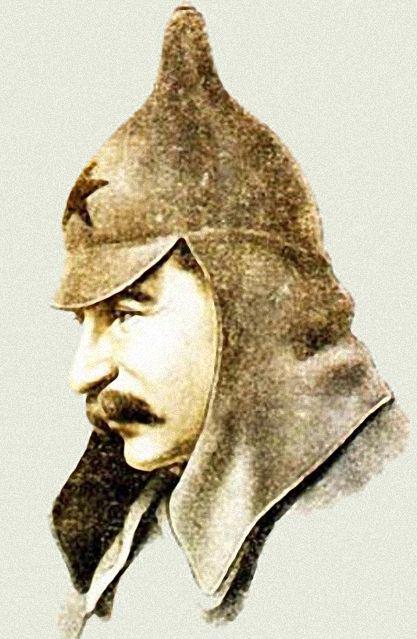
In 1926 he was again changed color cloth helmet with a dark gray back to the guard. With minor changes budenovka continued to serve as the main winter headdress of the Red Army. In this form it and it found the Winter War, during which unexpectedly revealed that a strong frost budenovka holds the heat much worse than a fur cap, which wore the head of the Finnish soldiers. This earflaps us at the time and called Finke and Finns called it simply turkislakki - fur hat. That it was decided to replace budenovka, but the replacement process was long, and many of the budenovka fought in the first two and a half years of war. Only when the Red Army was Vedeno new uniforms with epaulets, budenovka finally disappeared from the troops - the last shot in the Red Army budenovka refers to March 1943.
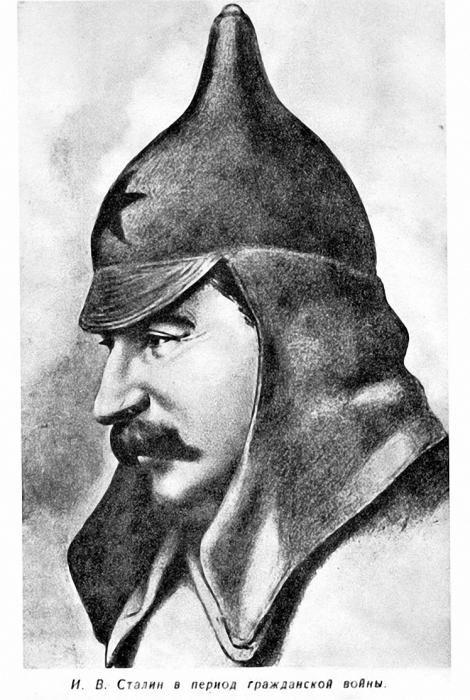
Few details with pictures HERE: rkka.kiev.ua/?page_id=175
After several commercials and children's films present below a small gallery dedicated to the legendary budenovka. Many photos and drawings you will see for the first time.


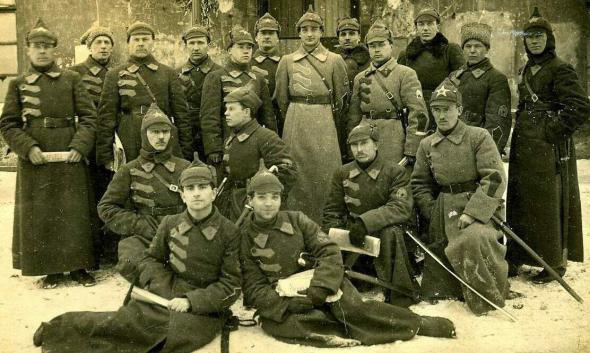
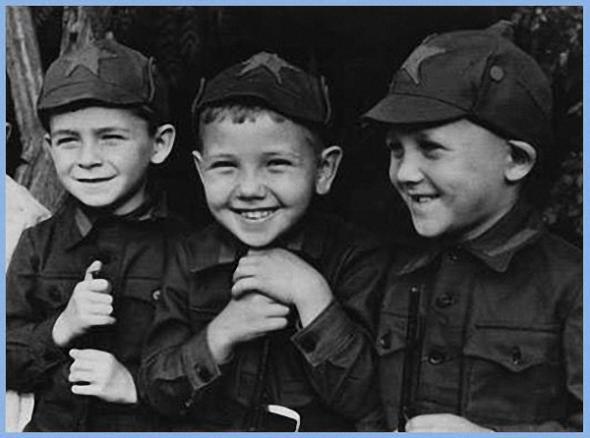
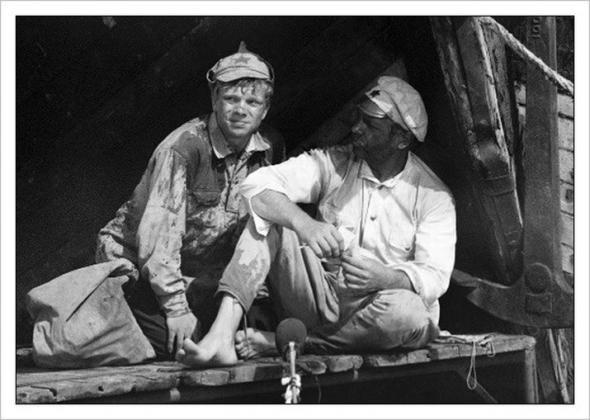



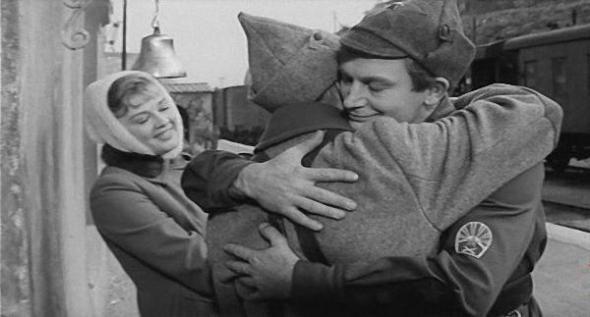
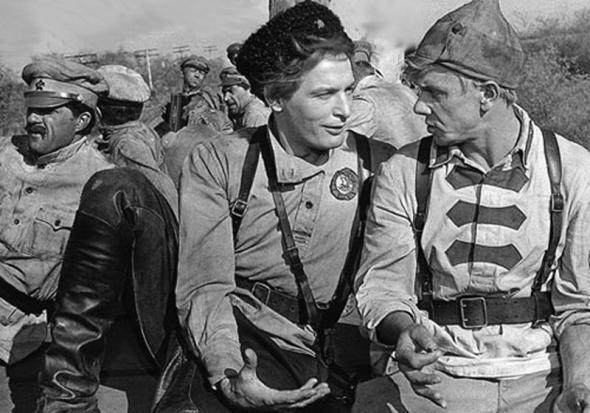
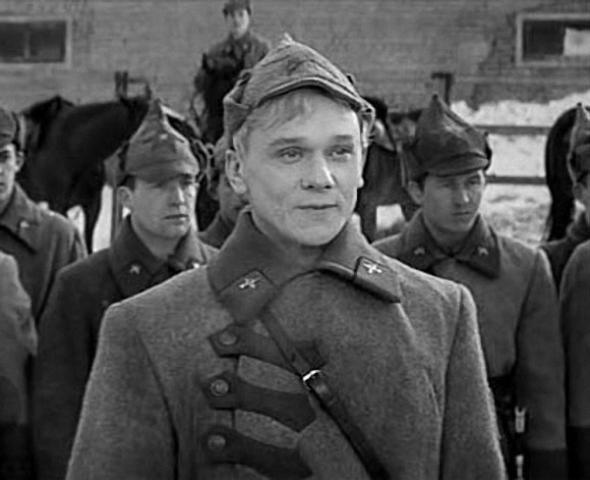


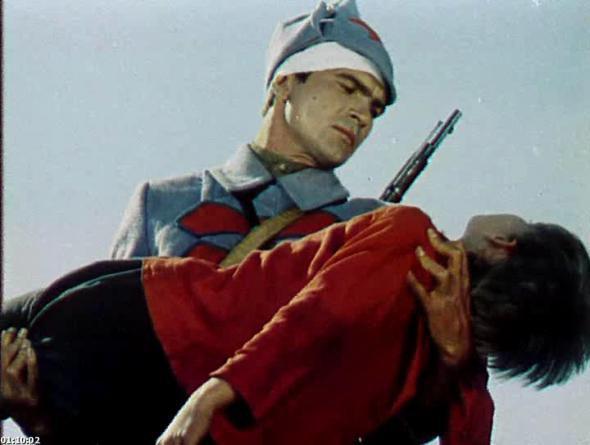
Shot from the movie: Red Devils
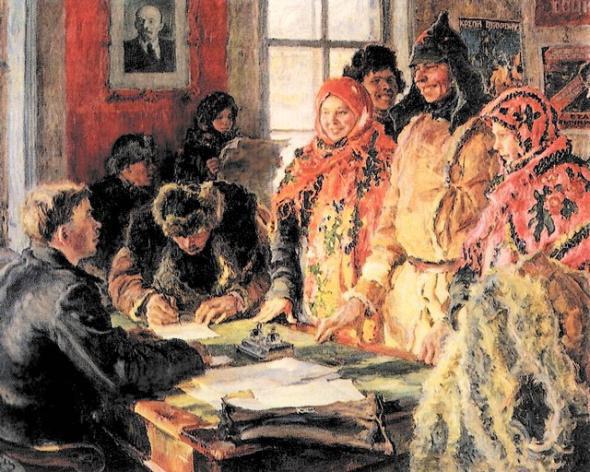
Vasily Lanovoi film Pavel Korchagin

Vladimir Konkin in the film How Steel Was Tempered
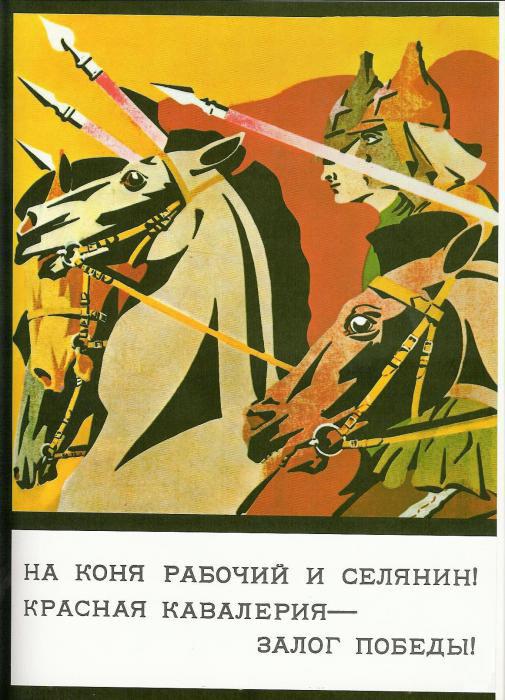
Lanovoi and Yumatov movie officers
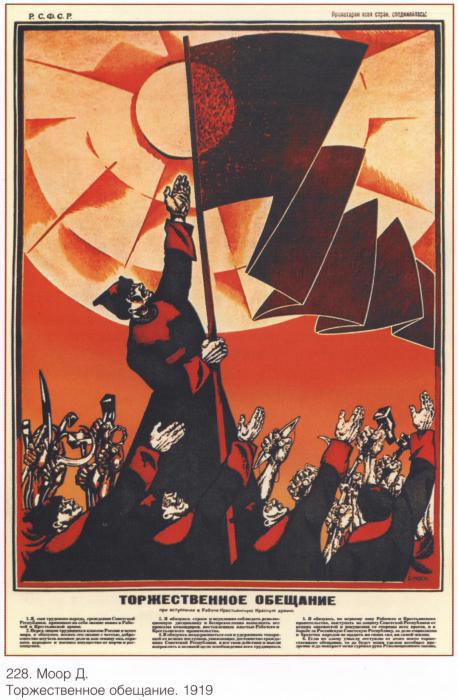
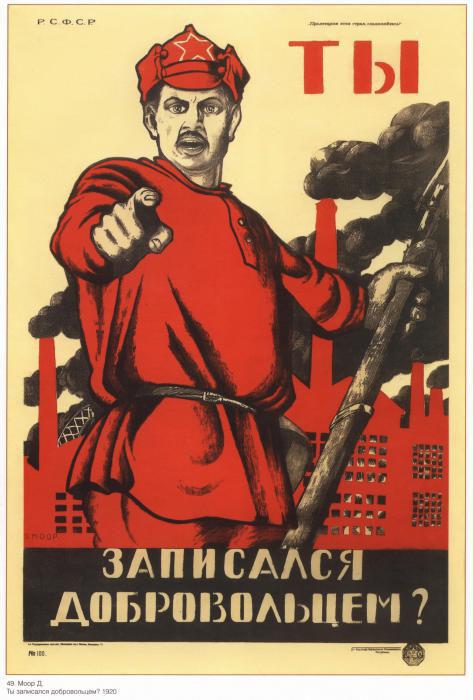
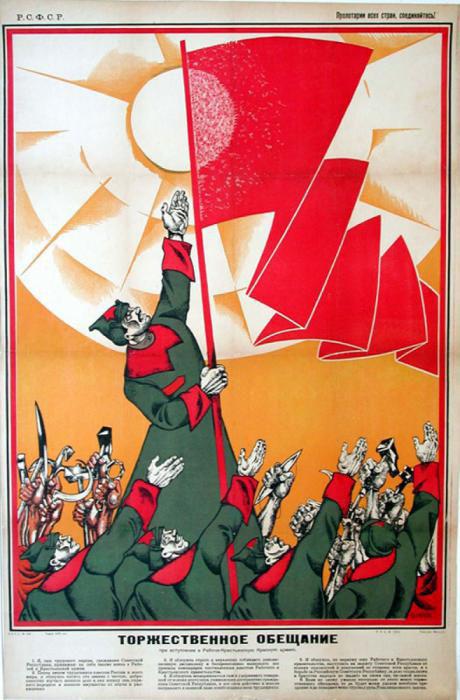
Wedding in Malinovka
Evgeny Lebedev as Nechipor
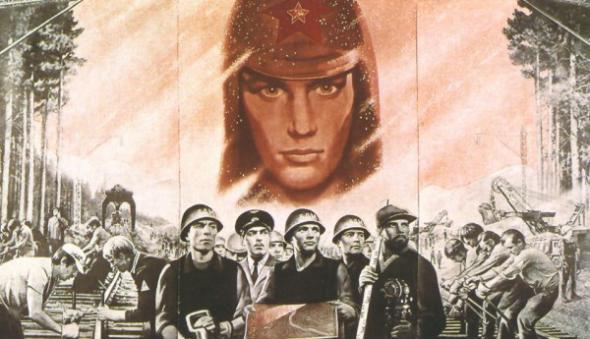
It is music, son. A mandate and budenovka there?
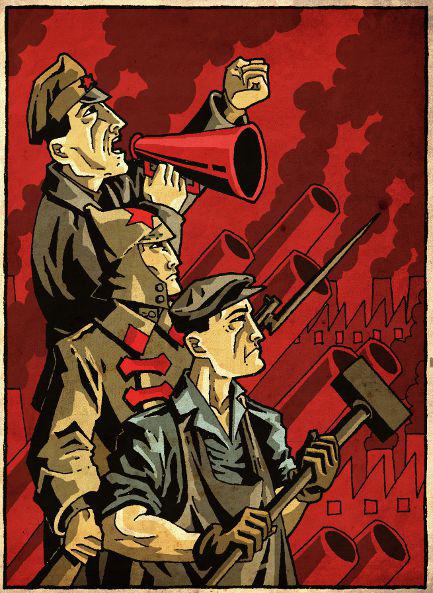
"The Tale of Malchish-Kibalchish»:
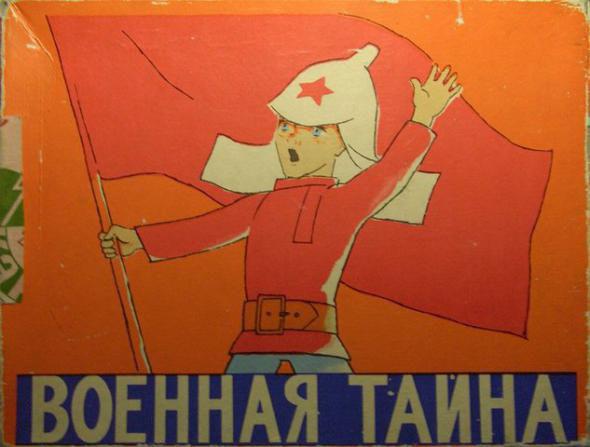
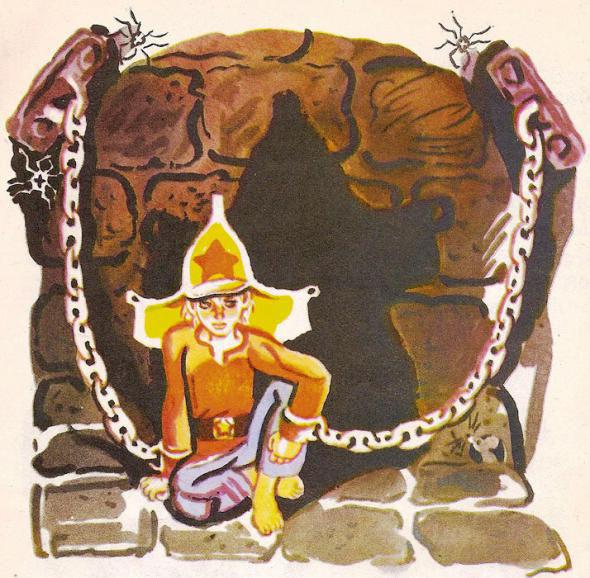
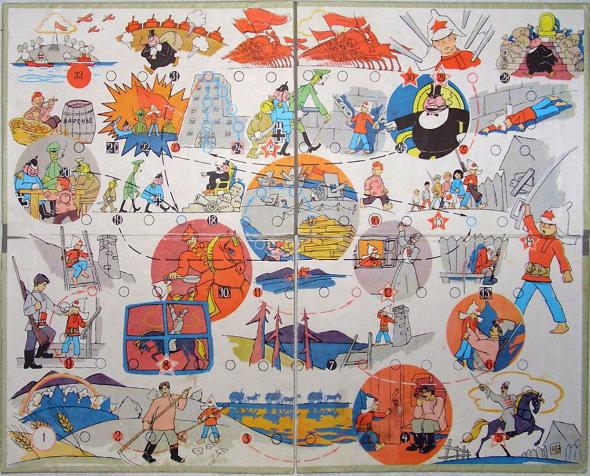
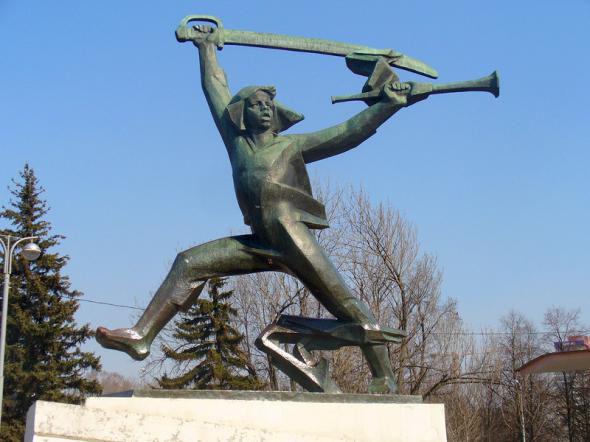

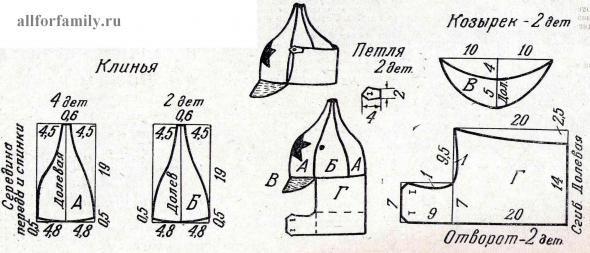
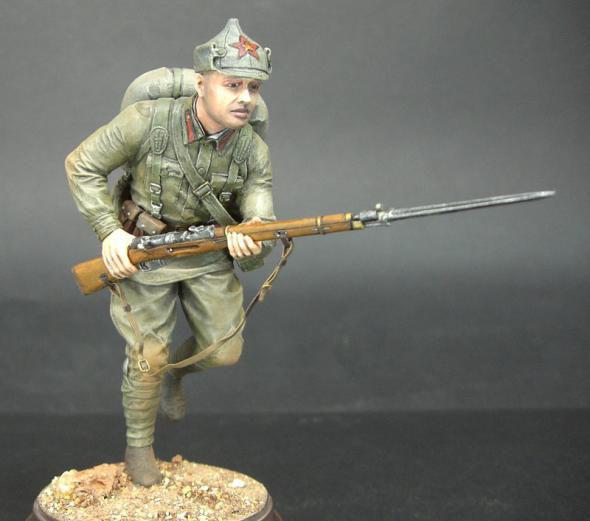


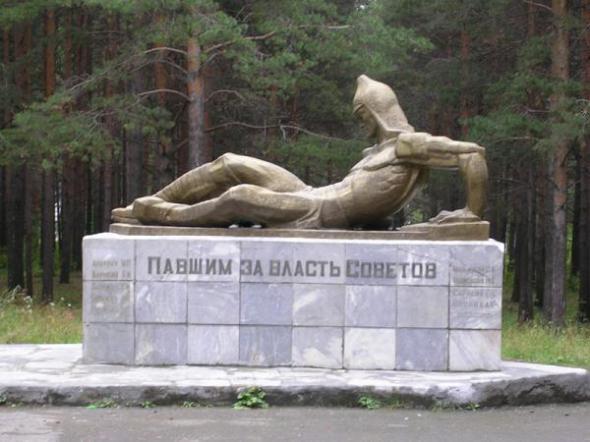
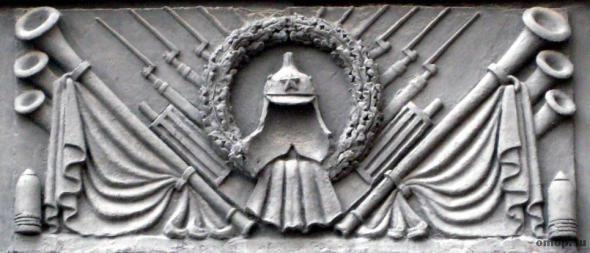
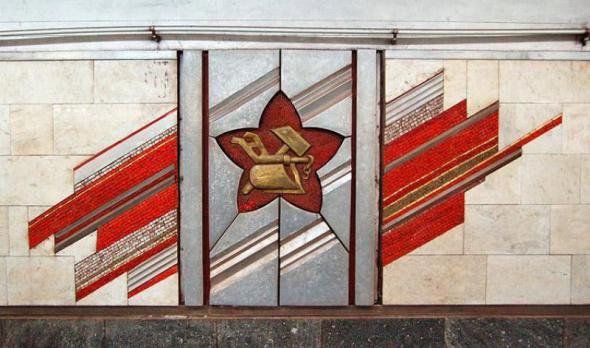
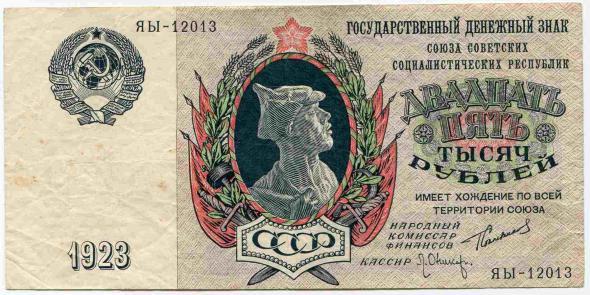
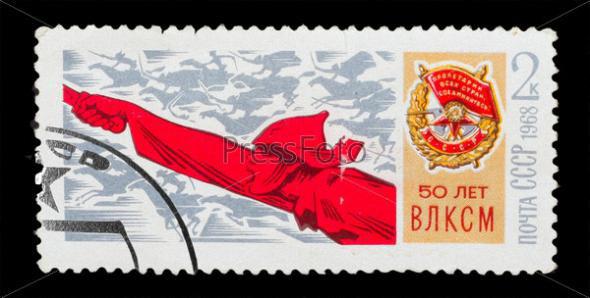


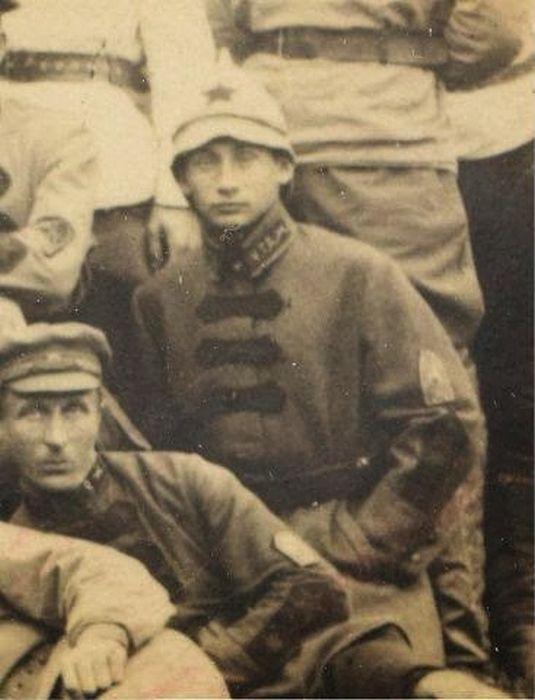
--img52--
--img53--
--img54--
--img55--
--img56--
--img57--
--img58--
--img59--
Imagined as a ...
--img60--
Of course this is not everything, but only a small piece of MEMORY ...
--img61--
Source: www.opoccuu.com

In the first months after the revolution, the Red Army soldiers and their commanders wore uniforms, the rest of the royal army with epaulets unpicked. However, the appearance of the White armies, whose soldiers wore uniforms of the same breed, forced the commanders of the Red Army to attend the introduction of new elements of uniforms, that at least from a distance even in the dark you can easily distinguish the Red Army from the White Guard.

"What begins Motherland?
With windows, burning away,
With the old paternal budenovka,
That somewhere in the closet we found.
Maybe it starts
Wagon wheels clattered
And the oath that in his youth
You have it in your heart brought.
What begins Motherland? .. »

Originally introduced as a badge of a red star, situated on top of a wreath, one branch of which was an oak. and the other - a laurel. In the center of the star placed the crossed hammer and plow, and July 29, 1918 was introduced metal asterisk for hats with the same plow and the hammer.


Already May 7, 1918 the People's Commissariat for Military Affairs of the Russian Federation has announced a competition to develop a new outfit for the Red Army soldiers. The competition was attended by Viktor Vasnetsov, Boris Kustodiev, MD Ezuchevsky, ST Arkadevsky and other famous Russian artists. December 18, 1918 on the basis of submitted works Revolutionary Military Council of the Republic approved a new type of winter headgear - cloth helmet is shaped like a medieval "erihonku" or Shelom with barmitsa - part of the armor epic Russian heroes, what was originally the helmet and got the common name "bogatyrka ". There is a legend that the future budenovka was created before the revolution as part of a future Russian Army dress uniform. Perhaps this project headdress and there, but orders for its manufacture or in the archives of the king's departments or in the archives of the Provisional Government has not yet been found.
The first description of a winter headgear for all the armed forces, it was announced by the order №116 from RVSR for January 16, 1919. It was the hat of cloth khaki on a cotton lining. Cap helmet consisted of six spherical triangles, tapering upward. At the top is sewn a round plate with a diameter of 2 cm, covered with the same cloth. Front had stitched oval helmet visor and rear - Inclining nazatylnik with elongated ends, fastened under the chin with buttons. Folded nazatylnik tacked loops on the leather strap to the two buttons of the cap, fitted by a colored cloth. Above the helmet visor on Star sewn cloth diameter of 8, 8 cm. The color of the combat arm, outlined with black piping along the contour (for a star of black cloth was envisaged border with red paint). At the center of the star-icon badge fastened.

Sample icon-Badges for hats was established by the order of People's Commissar for Military Affairs July 29, 1918 № 594. It is made of yellow copper and had the shape of a five-pointed star with a crossed hammer and plow in the center (not to be confused with the hammer and sickle - the emblem appeared Cockade on the military in 1922). The face of the icon was covered with red enamel. The outer ends of the stars fit into a circle with a diameter of 36 mm, and the inner - 20 mm.
Cloth helmet with visor had quilted soft color five-pointed star with coloring the combat arm.

So, in the infantry wore crimson star on the helmet, in the cavalry - the blue, in the artillery - orange (in the order called "Pomerantsev" color) in engineering and sapper troops - black pilots of airplanes and balloonists balloons - blue, border guards - usually green . Star had a black border; respectively, for the black star entered red edging. The helmet worn in cold weather. Of these three types of hats created for the Red Army, cloth hats Civil War was the highest and had large stars.
Order RVSR for number 628 of April 8, 1919 was first regulated by the Red Army uniforms. We were introduced summer shirt, infantry and cavalry greatcoat (in the order they are called caftans) and headgear. Hat for the cold season has become newly approved and several upgraded cloth helmet. This pattern and named "budenovka" - division of SM Budyonny, in which it first appeared. Star winter headgear in accordance with the new description had a diameter of 10, 5 cm distant from the visor up to 3, 5 cm.

Despite the introduction of a single uniform, until 1922 the troops were not fully provided to them, and many wore the uniforms of the old Russian army left in large quantity in stock or captured by the Red Army as a trophy.
Order RVSR for number 322 of January 31, 1922 all previously set uniform items, with the exception of leather shoes, which still continued to exist, were canceled, and instead introduced a single, strictly regulated uniforms. A unified style overcoat, shirt and a hat.

Summer hat was part of the uniform of the Red Army for two years and in May 1924 was again replaced his cap, but winter budenovka continued to be used, in 1922, having undergone changes in style and color of cloth, which was dark gray.

In connection with the change in shape of the helmet to reduce the diameter sewn stars (up to 9, 5 cm), and April 13, 1922 has been changed Red Army badge, which, instead of the plow and the hammer began to depict the official emblem of the workers 'and peasants' state - the hammer and sickle.

In 1926 he was again changed color cloth helmet with a dark gray back to the guard. With minor changes budenovka continued to serve as the main winter headdress of the Red Army. In this form it and it found the Winter War, during which unexpectedly revealed that a strong frost budenovka holds the heat much worse than a fur cap, which wore the head of the Finnish soldiers. This earflaps us at the time and called Finke and Finns called it simply turkislakki - fur hat. That it was decided to replace budenovka, but the replacement process was long, and many of the budenovka fought in the first two and a half years of war. Only when the Red Army was Vedeno new uniforms with epaulets, budenovka finally disappeared from the troops - the last shot in the Red Army budenovka refers to March 1943.

Few details with pictures HERE: rkka.kiev.ua/?page_id=175
After several commercials and children's films present below a small gallery dedicated to the legendary budenovka. Many photos and drawings you will see for the first time.














Shot from the movie: Red Devils

Vasily Lanovoi film Pavel Korchagin

Vladimir Konkin in the film How Steel Was Tempered

Lanovoi and Yumatov movie officers



Wedding in Malinovka
Evgeny Lebedev as Nechipor

It is music, son. A mandate and budenovka there?

"The Tale of Malchish-Kibalchish»:

















--img52--
--img53--
--img54--
--img55--
--img56--
--img57--
--img58--
--img59--
Imagined as a ...
--img60--
Of course this is not everything, but only a small piece of MEMORY ...
--img61--
Source: www.opoccuu.com
Tags
See also
Visual hierarchy in the Soviet army.
Museum military uniform
From to beret caps
Facts about hats
Interesting facts about pirates
Very beautiful Soviet actresses
Children restructuring: How we dress

















